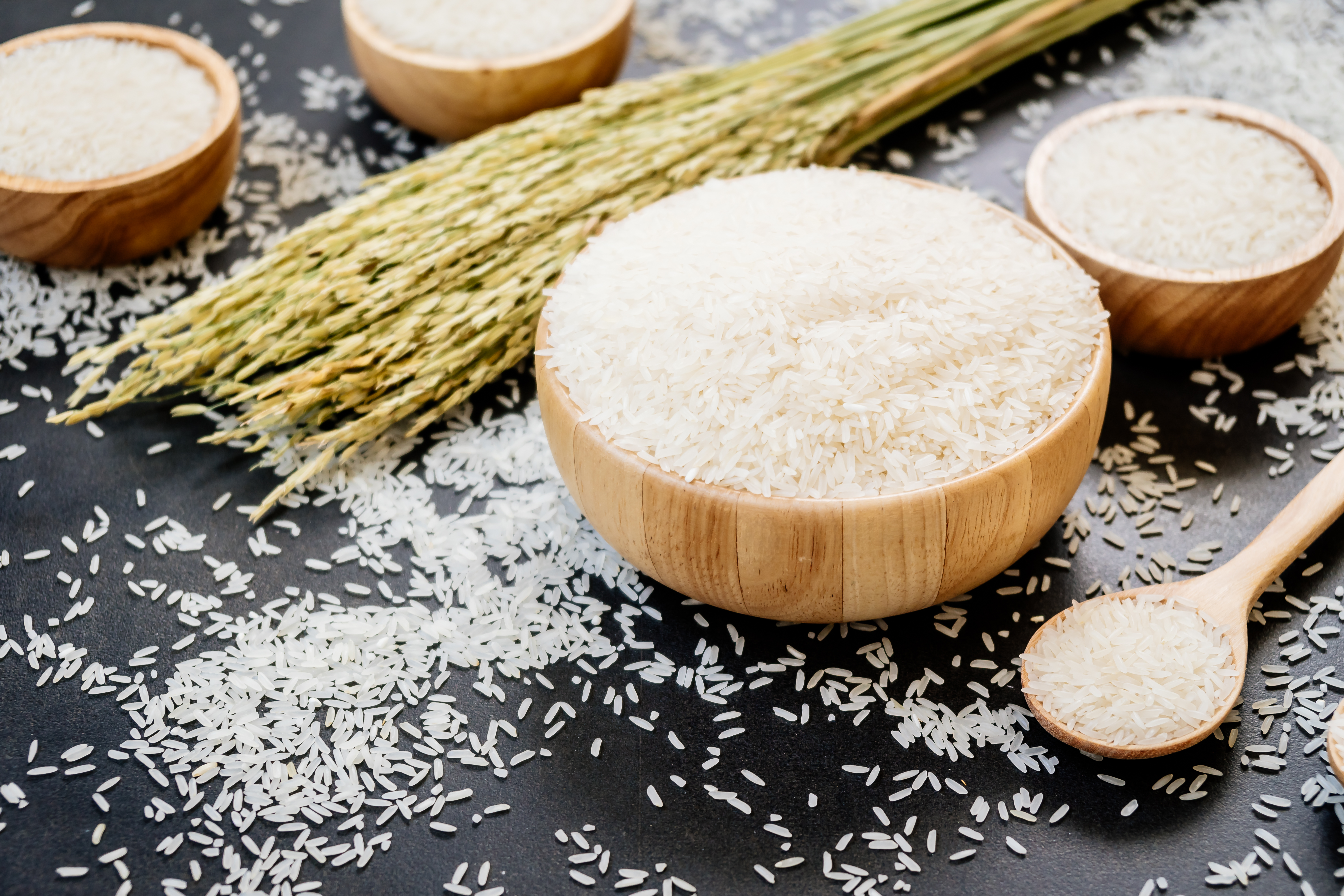From India to Vietnam Inside the $7.31 Billion Rice Trade; How Indonesia’s Ban on Rice Imports Could Reshape Global Trade in 2025!
The global rice market in 2024 showcased significant developments, from record-breaking exports by key players to the impacts of climatic and geopolitical factors reshaping the industry. Major exporters like India, Vietnam, and Thailand achieved remarkable milestones, while countries such as Indonesia and Russia demonstrated strides in food security. This comprehensive analysis delves into production updates, trade flows, price trends, and the outlook for 2025.

Latest Market Updates
- India: Leading the Charge in Exports
- Record Production: India harvested a record-breaking 120 million metric tons (mmt) in 2024, fueled by abundant monsoon rains.
- Export Surge: Shipments surged to $7.31 billion (+13%), with the government easing restrictions on basmati and non-basmati rice exports.
- Key Destinations: Exports to Indonesia hit 1 million tonnes as part of a strategic trade agreement.
- Vietnam: Quality Over Quantity
- Export Milestone: Vietnam exported 9 mmt of rice, earning $5.8 billion, a 21% YoY increase in value.
- Price Pressures: Vietnamese rice prices dropped (e.g., 5% broken rice at $0.485/kg), attributed to reduced demand from key markets like the Philippines.
- Strategic Focus: Transitioning to premium varieties to stay competitive amid rising global supply.
- Thailand: Resilience Amidst Competition
- Output Peaks: Exports reached 10 mmt, marking a six-year high.
- Competitive Pressures: Facing challenges from India’s lifting of export bans, which could lead to a 30% drop in Thai rice exports in 2025.

- Indonesia: Self-Sufficiency Goals
- Domestic Focus: Indonesia plans to halt rice imports in 2025, bolstered by a 30 mmt production in 2024.
- Food Security: Government initiatives include 3 million hectares of new rice land and enhanced irrigation systems.
- Russia: Record Harvest
- Harvest Milestone: Krasnodar Territory led with 829,000 tons of rice, contributing to a record national output.
- 2025 Outlook: Targeting 2 mmt by 2030 for domestic use and export expansion.
- South Korea:
- Eco-Friendly Production: Farmers are incentivized to grow organic rice, with subsidies reaching 100,000 won per ton for organic varieties.

Global Production and Quality Insights
- Harvest Seasons and Output
- India: Harvest season spans September–December, with record yields driven by favorable weather.
- Vietnam: Spring and summer-autumn crops are crucial, with the winter-spring crop expected to stabilize prices.
- Russia: Harvest starts in July, focusing on Krasnodar and Dagestan for high-quality grains.
- Product Quality
- Vietnam: Focus on fragrant and high-quality varieties like ST24 and ST25 to meet international standards.
- India: Premium basmati and parboiled rice remain highly sought-after globally.
- Indonesia: Adoption of resilient seed varieties ensures consistent production despite climatic challenges.

Export-Import Dynamics
- Top Exporters:
- India: Dominates with 17 mmt exported globally in 2024.
- Vietnam: Ranked third, focusing on the Philippines, Indonesia, and African markets.
- Thailand: Specializes in premium aromatic varieties for Europe and Asia.

- Leading Importers:
- Indonesia: A significant buyer from India and Vietnam, though imports are set to decline in 2025.
- Philippines: Maintains strong demand for Vietnamese rice despite temporary import pauses.
- Africa: A growing market for affordable rice varieties from Vietnam and India.
Price Trends and Future Projections
- Current Prices:
- India: 5% broken rice at $436-$442/ton.
- Thailand: Premium prices at $490-$502/ton.
- Vietnam: Prices fell to $0.485/kg for 5% broken rice.
- Future Trends:
- Price Stability: India’s increased supply could stabilize or lower global prices.
- Demand Growth: Africa and the Middle East are emerging as high-growth markets.
- Sustainability: Eco-friendly and premium rice varieties will command higher margins in developed markets.

Challenges and Opportunities
- Climatic Challenges:
- Vietnam: Unseasonal rains have impacted quality and yields.
- Russia and Indonesia: Resilient seed varieties and irrigation upgrades are critical to counteract climate variability.
- Geopolitical Factors:
- EU Policies: Polish farmers protest Ukrainian imports, complicating trade within Europe.
- Export Rivalry: India’s resurgence pressures Thai and Vietnamese exporters.
- Strategic Recommendations:
- Diversify Markets: Target underpenetrated regions like Africa and Southeast Asia.
- Invest in Quality: Expand production of premium and organic rice varieties.
- Enhance Trade Policies: Leverage free trade agreements to secure stable export channels.

Conclusion
The global rice market in 2024 has been a tale of resilience and adaptability, with countries navigating climatic challenges and shifting trade dynamics. While India leads in exports and production, Vietnam’s pivot to quality signals long-term strategy. Thailand remains resilient, and Indonesia’s self-sufficiency goals highlight a shift in the global trade map. The coming year promises continued evolution, with opportunities for growth in sustainable and premium markets.
FAQs
- Which are the top rice-exporting countries?
India, Vietnam, and Thailand lead global rice exports, contributing the majority of global supply.
- Why are Vietnamese rice prices falling?
Weak demand, increased global supply, and competition have led to declining prices.
- What is the impact of Indonesia halting rice imports?
Indonesia’s self-sufficiency efforts may reduce demand in global markets, impacting exporters like Vietnam and Thailand.
- What are the key trends for 2025?
Rising focus on premium rice varieties, diversification into African markets, and price stabilization from increased Indian exports.
- How is climate change affecting rice production?
Erratic weather impacts yield and quality, prompting investments in resilient seed varieties and sustainable farming practices.
- What is the future of organic rice?
Growing demand for eco-friendly and organic rice is expected, particularly in Europe and developed markets.



